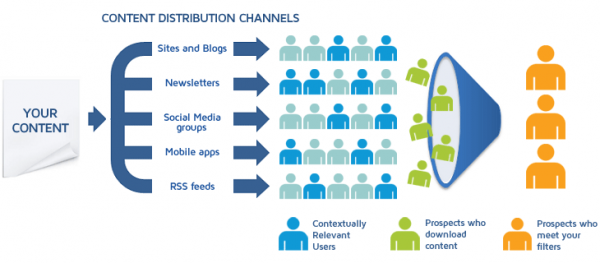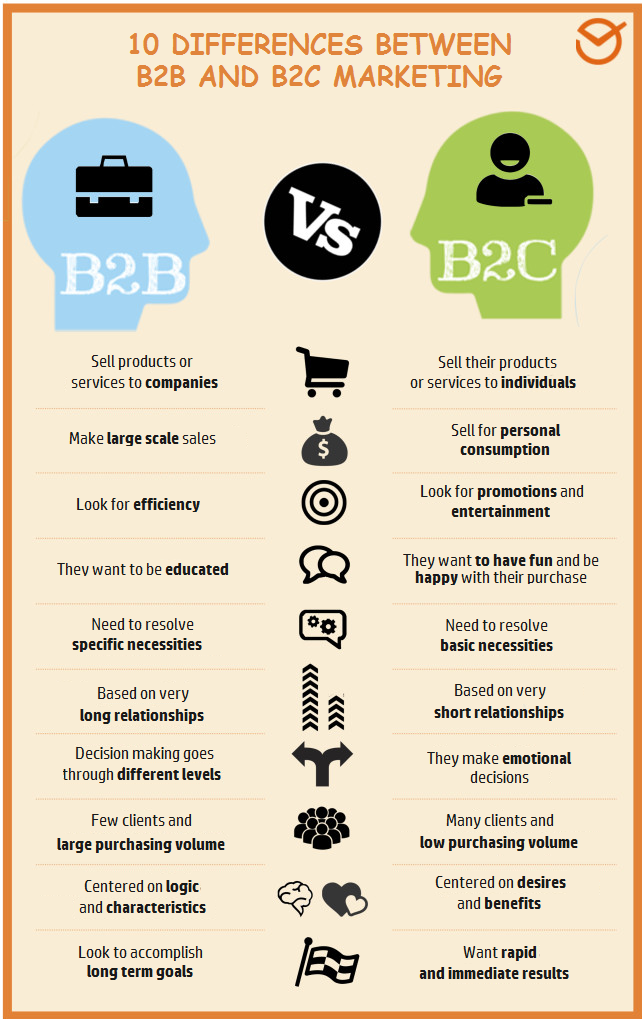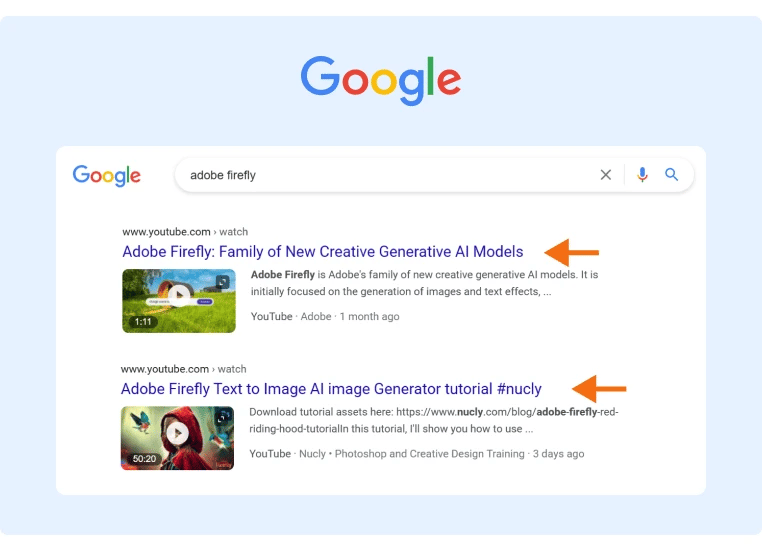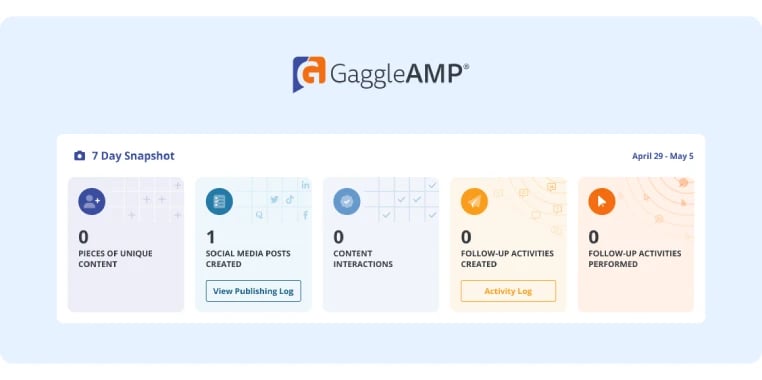B2B Social Media Strategies: A Crash Course for Marketers
Creating the right marketing strategy is a high-stakes challenge for business-to-business (B2B) companies. Marketing has a huge impact on your company’s brand image, growth, and revenue.
In this guide, we’ll cover the basics of B2B social media marketing, the top platforms to consider, what to include in a social media strategy, and content ideas for B2B companies.
What Is B2B Social Media Marketing and Why Do You Need It for Your Business?
B2B social media marketing is promoting your brand on social media platforms (e.g. Facebook, Twitter, LinkedIn, Instagram, YouTube). It’s a strategy for businesses to engage and build relationships on a platform where their target audience (other businesses, partners, stakeholders) is already spending time and researching solutions.
Additionally, the role of social media in B2B marketing can include showcasing a company’s products and services, sharing industry news and thought leadership, and engaging in conversations with customers. With the right strategy, companies can use B2B social media to drive leads and sales and grow their business.

Source: Ironpaper
Having a social media presence and strategy is table stakes for doing business today. Without it, brands will fall behind their competition and leave revenue on the table.
How Does B2B Social Media Strategy Differ From B2C Social Media Strategy?
If you’ve managed social media for a B2C company before, you may be wondering what are the similarities and differences between B2C and B2B social media marketing. Here’s where they align and differ.
- Content: Both share informative, entertaining, and relevant content. Their content isn’t just a hard sell for their products and services.
- Targeting: B2B brands often use precise targeting to reach people with specific job titles in specific industries, whereas B2C brands use broader demographic data like age or gender.
- Prospecting: Many B2B brands use an outbound prospecting strategy to reach prospects on social media.
- Content: B2B brands often focus on thought leadership by creating in-depth content specific to their industry, such as live events, white papers, or research reports.
- Goals: A common goal for B2B social media is to send leads into a high-touchpoint sales funnel, whereas a B2C company may look at engagement or e-commerce sales.
- Audience Age: Depending on the brand, B2C companies may adopt a social media strategy tailored for a younger (13-25) or older (65+) audience, while B2B marketing typically targets adults of working age (25-65).

Which Social Media Platforms Should B2B Marketers Invest In?
Another place where social media strategies may differ between B2B and B2C is which channels work best. While Facebook (64%), Instagram (58%), and YouTube (57%) are the top three channels for all brands, B2B marketers may not use those platforms, or they may use them in a different way.
According to Content Marketing Institute, the three most popular organic social media platforms that B2B marketers use are LinkedIn (96%), Facebook (76%), and Twitter (70%), followed by YouTube (65%) and Instagram (57%) rounding out the top five. Let’s look at the use cases and the pros and cons of B2B marketing on each platform.
If there’s one platform that’s essential for B2B social media marketing, it’s LinkedIn. Precise targeting, messaging capabilities for outbound prospecting, and engagement with top decision-makers are three reasons why B2B marketers love LinkedIn. Brands can reach prospects with content like newsletters, articles, videos, and PDFs designed for thought leadership.
60% of B2B marketers rate LinkedIn as “extremely” or “very” effective, the highest of any social media platform. Another reason to invest in LinkedIn is that employees and partners are engaged and willing to advocate for brands on LinkedIn, whereas they may not want to on their personal social media profiles.
For LinkedIn content ideas for B2B marketing, check out top-performing brands like SpaceX, KPMG, or Infosys.
If you think Facebook is a must-have for all businesses in 2023, the truth for B2B companies is that it depends. Facebook has the widest reach and largest network of all social media platforms worldwide. Paid social media campaigns are affordable and can be easily bundled with Instagram for multichannel touchpoints.
On the downside, Facebook is falling off in popularity with Gen Z workers who are entering the workforce. There’s also evidence that Facebook marketing isn’t helping all B2B marketers reach their goals. 37% of B2B marketers rated Facebook the least effective of all social media platforms, saying it was “not very” or “not at all” effective.
Twitter has long been known for its ability to democratize direct communication between influential people and the rest of us. Marketers leverage Twitter for B2B marketing by using it to engage in dialogue, share micro content, and reach out to prospects.
But changes since Twitter’s acquisition in 2022 have left long-time users and advocates with doubts. Pay-for-play verification and ongoing security and product concerns with staff cuts are causing some marketers and advertisers to cut ties. 75% of B2B marketers say it’s only “somewhat” or “not very” effective.
YouTube
Video is the darling of social media marketing right now. According to HubSpot, it’s the most popular content format for the fourth year in a row and marketers rate it with the highest ROI of any media format by far. YouTube has a wide reach with more than two billion users. Since it’s owned by Google, videos are ranked in search results and can gain SEO visibility for brands.

43% of B2B marketers cite success with paid advertising campaigns on YouTube, saying they’re “very” or “extremely” effective.
Companies like HP, Adobe, and Salesforce give inspiration for how B2B brands can inspire their audiences and build an audience on YouTube. While video production can be cost-prohibitive for smaller brands, advances in technology are bringing those costs down.
As a very visual and consumer-driven brand, Instagram doesn’t make sense for all B2B brands. Much of B2B content is text-heavy and relies on outbound links (which Instagram doesn’t support in posts). Brands that break the mold and invest heavily in Instagram’s visual content can stand out in a crowded marketplace that looks very much the same. Take a look at Shopify, Boston Dynamics, or MailChimp for more B2B social media examples.
Only 25% of B2B marketers say using Instagram organically is “very” or “extremely” effective, though that number jumps to 39% with paid advertising.
What To Include in Your B2B Social Media Strategy
A successful B2B social media strategy should include elements such as understanding the target audience, defining key performance indicators (KPIs), creating engaging content, and using analytics to measure success. A social media strategy will set a vision, keep you on track, and help you advocate for resources with your bosses.
Let’s dig into four essential elements every social media strategy should have.
1. Goals
The most important question you can answer in your social media plan is what your goals are for engaging on social media. Aligning your entire team around shared goals will help you justify tactical decisions and measure success. Here are a few common B2B goals for social media:
- Brand awareness.
- Lead generation.
- Customer engagement.
- Employer branding.
According to HubSpot, the most popular primary goals for social media are:
- Increasing brand awareness/reaching new audiences (39%).
- Fostering relationships with your customers/increasing brand loyalty (33%).
- Improving customer service and retention (32%).
While sales are always an overarching goal for B2B companies, it can be difficult to attribute sales directly to social media. It’s often more valuable to choose at least one other goal to focus on and to look at social media as a contributing factor to a complex research process.
2. Engagement Strategy
Your engagement strategy is the how of your social media strategy. For example:
- How you’ll build an audience.
- How much and what type of content you’ll create.
- How often you’ll post and engage with others’ content.
- How you’ll monitor and respond to conversations about your brand or product.
Engagement strategies for B2B social media can vary depending on the industry and goals. However, there are some common elements that should be included in all strategies. These include choosing which platforms to engage on, creating content that resonates with your target audience, and engaging with followers on a regular basis.
3. Measurement Strategy
Once you have your goals and engagement strategy, outline how you’ll measure your success. Setting and tracking key performance indicators (KPIs) can help you identify what’s working and adjust your tactics. Here are the metrics marketers say they track the most:
- Sales (37%).
- Likes/comments (33%).
- Website traffic (33%).
- Impressions/views (30%).
- Clicks (27%).
For goals like brand awareness and customer engagement, prioritize in-app engagement KPIs like likes, comments, and clicks. For sales-focused organizations, you can look at website traffic, new leads, and sales.
There are many tools that can measure performance for your social media marketing. All platforms provide some native analytics and insights, or you can use a social media management tool to track your success across channels.

A snapshot from our own social media management tool at GaggleAMP.
To track KPIs like leads and sales, you’ll need to work with your website manager to track campaigns in Google Analytics with unique campaign UTM codes.
4. Paid Advertising Strategy
About two-thirds of B2B marketers invest in social media advertising to supplement their organic social media efforts. Putting paid support behind your social media marketing can help boost followers and visibility for better performance.
One type of paid advertising on social media platforms is sponsoring a post, which boosts visibility for a post or video. You can also run targeted ads such as text, image, video, or stories. LinkedIn also has paid advertising options with lead capture forms for B2B companies.
Create an annual budget for your paid social campaigns and outline your goals, audience, and campaign ideas for your strategy document.
B2B Social Media Content Ideas With Examples
B2B social media content can sometimes seem boring, but it doesn’t have to be. People love content that’s visual, human, and data-driven.
Sometimes the best-performing posts are simple, like an authentic team photo, or a poll about pets. Get inspired for B2B social media content with these four ideas:
1. Give Quick, Actionable Tips
Most people don’t take time to watch or read long-form content on social media. Rather than linking to a long blog post, take the top highlights from that blog post and turn it into a short tips post or image carousel.
In this tips post from revenue intelligence platform Gong, Gong gives a short text introduction, then packs seven actionable tips into a PDF carousel.
Source: Gong
2. Visualize Data
Numbers and statistics can be more impactful than words. Sharing data about your industry from a survey or customer data is a great way to start a conversation and make shareable content.
Infographics and videos are two powerful ways to visualize data. Take a look at how Oracle illustrated a stat in a short video post to grab users’ attention.
Source: Oracle
3. Share User-Generated Content
For the best ideas for social media content, look to your customers. Product-focused content is far more credible when backed by a third party. When you see positive content mentioning your brand, share it on your page or add it to a highlight reel. To encourage social sharing, you can run a promotion or create a hashtag to incentivize sharing.
Check out ConvertKit’s Instagram for ideas. In one highlight reel named Creator Love, they share user-generated posts thanking ConvertKit for helping them run their business the way they want. In another series called Inspo, they share curated quotes from podcast episodes with creators.
Source: CovertKit
4. Create a Tutorial
As a company, you probably already know the most common questions users ask about your product or service. Create a video or image carousel to answer a FAQ. For example, show how to book a service, or use a product feature.
Take a look at this short tutorial video on Miro’s YouTube channel. Here, they’re sharing how to make a concept map in just 38 seconds. How cool is that?
Source: Miro
Refresh Your B2B Social Media Marketing Strategy
No matter your industry, the use of social media in B2B marketing is important. By working to create a strong social media strategy, you’ll potentially reap the rewards of increased brand awareness and ultimately ROI.
To boost your employee engagement on social media, consider using a platform like GaggleAMP to remove friction and make it easy for your employees to engage on relevant social platforms. Schedule a demo today and see how easy it is to get started.











